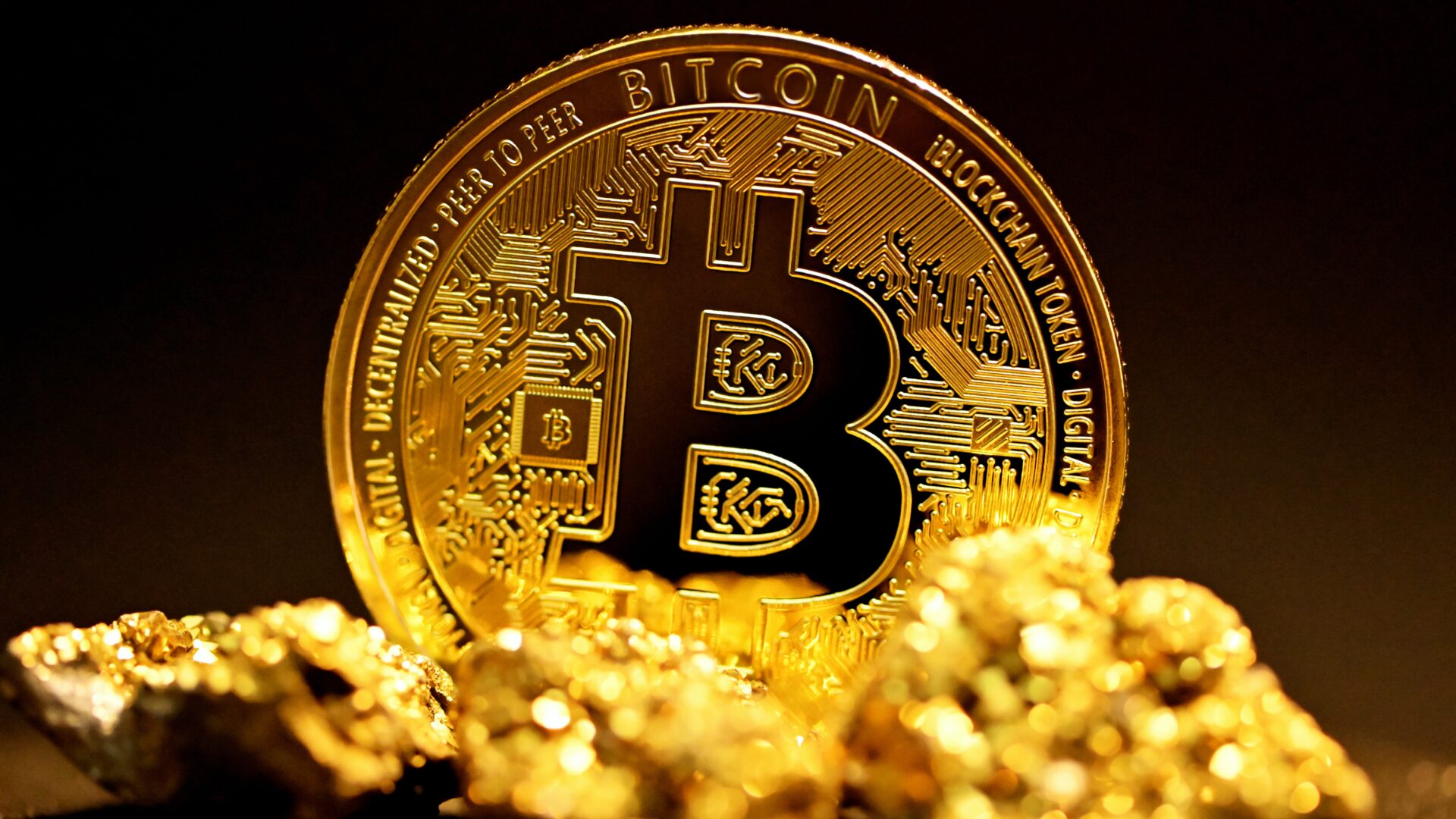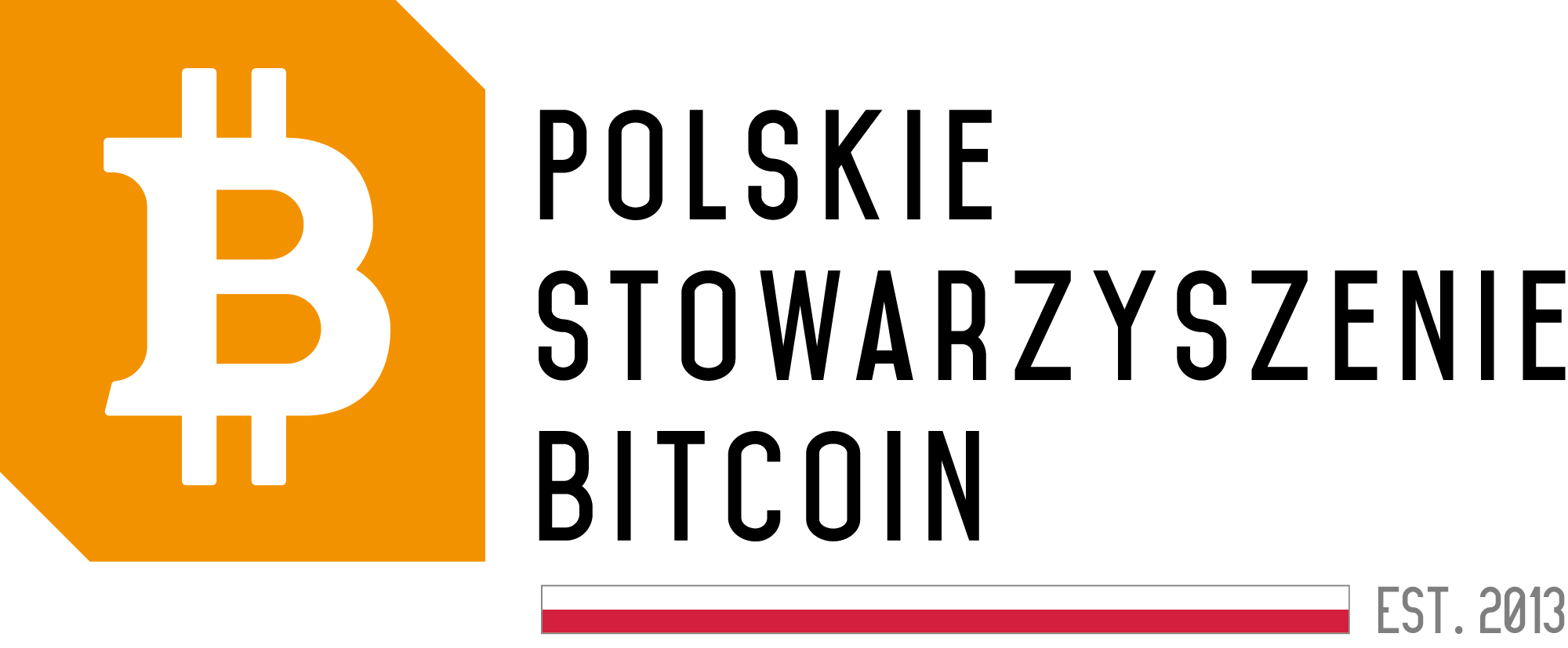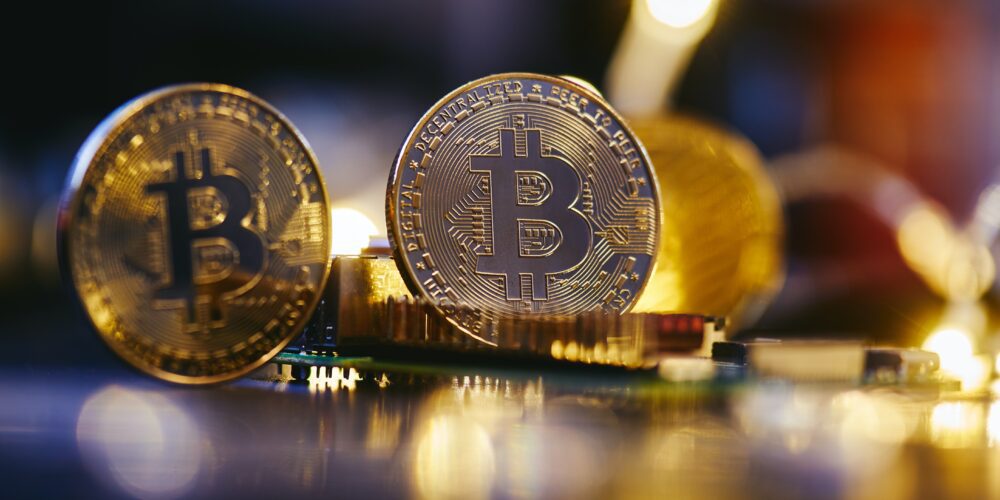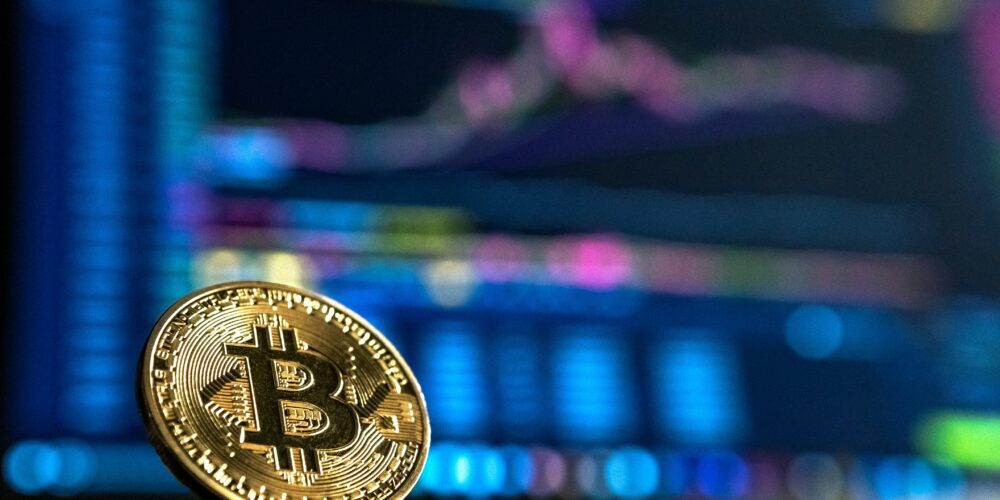Bitcoin: Unexpected Shift in Block Reward Halving Date

Bitcoin: When Will the Block Reward Halving Occur?
The next Bitcoin block reward halving is planned for April 15th, not on April 20th as previously anticipated. The change in the halving date has sparked many discussions in the cryptocurrency community, especially due to the initially planned date being associated with the well-known 420 date, a day commemorating marijuana.
Reasons for the Rescheduled Block Reward Halving Date
The rescheduling of the block reward halving date is due to two main factors. Firstly, the limited block space in the Bitcoin network, meaning the network is currently congested with a large number of transactions waiting to be processed. Secondly, it follows a set schedule to reduce the reward after processing 840,000 transaction blocks. Currently, the network has reached block number 834,194.
Transaction Dynamics in the Bitcoin Network
Each Bitcoin network block can accommodate around 2,700 transactions, which in times of high network usage means there are more orders to process than usual. The average daily Bitcoin turnover until February 14th was $24 billion. It is worth noting that on January 11th, the turnover reached $52 billion due to the introduction of 10 new Bitcoin ETF applications in the USA.
Transaction Value Surge Following a Dip Due to Grayscale Bitcoin Trust Withdrawals
Following a decline in transaction value caused by withdrawals from the Grayscale Bitcoin Trust (GBTC), the average daily transaction volume has increased to $40 billion since mid-February. In March, the average reached $52 billion, and on March 6th, it even spiked to an impressive $1 trillion per day.





